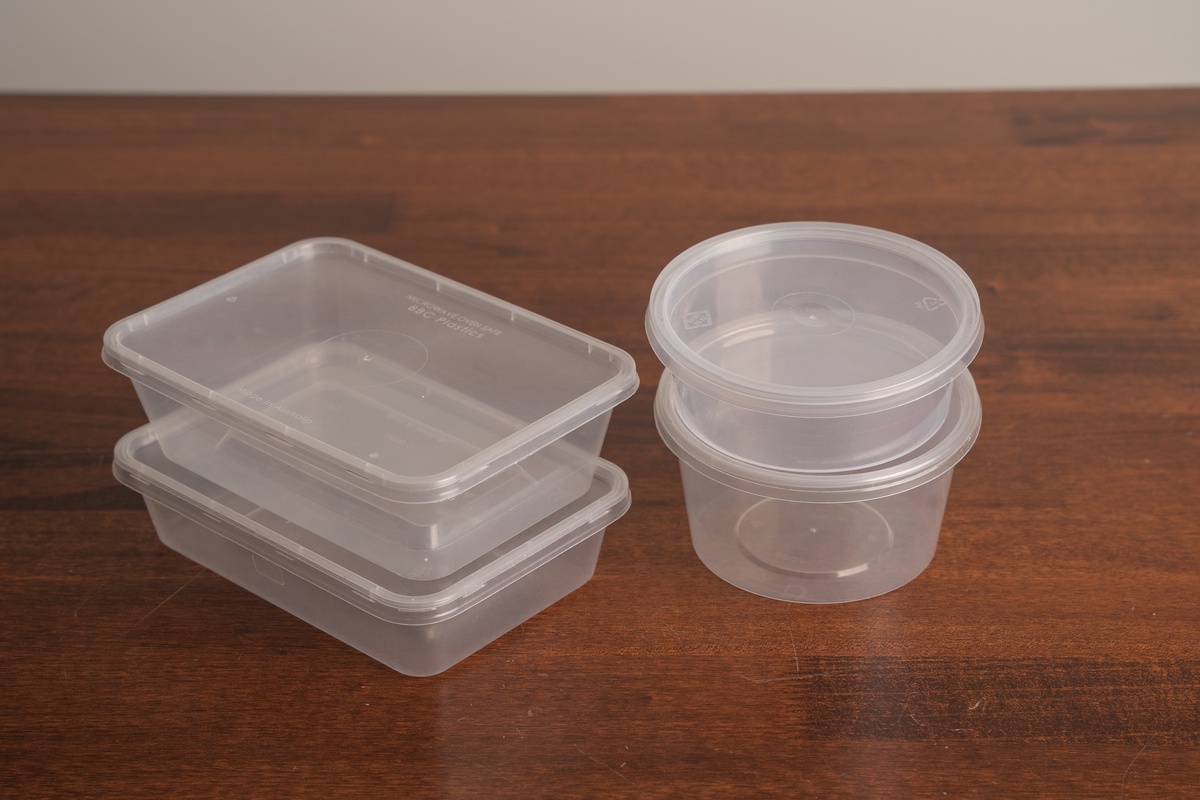Safety and quality of the prepared meals are top priorities in the fast-paced field of food service. Cross-contamination is a critical issue in food handling where harmful bacteria or pathogens are transmitted from one surface to another, which can cause severe health problems in the consumers. The containers have an important function to minimize these risks by offering a safe and sanitary way of storing and transporting ready-to-eat foods. This article will examine the role of takeout plastic containers in helping to eliminate the cross-contamination risk and provide the safe food handling practices in the food service industry.
Non-Porous Surface:
Take out containers that are made from plastic are usually non-porous and thus are polypropylene or polyethylene. Such containers do not take in liquid or accommodate bacteria. Plastic containers differ from porous materials such as wood or cardboard in that they substantiate a wall which inhibits the penetration of moisture, grease, or food particles, thus eliminating the threat of bacterial proliferation and cross-contamination. Plastic takeout containers will help food service establishments to keep a clean environment and the foods prepared in these facilities remain safety.
Sealed and Secure Closure:
Plastic takeout containers are made with airtight lids or seals that ensure they are well closed making them leak proof. Such an airtight seal not only keeps the food fresh and tasty for a long time, but it also eliminates cross-contamination by not allowing the environments bacteria or pathogens to transfer in. Sealing food in plastic containers allows foodservice providers to protect the quality of their products and reduce risks of contamination in the course of handling and delivery.
Single-Use Convenience:
Most of the plastic takeout containers are made for single-use, which implies that these are utilized once and then thrown away after storing the food. The disposable nature removes the need for washing and sanitizing between uses, thereby reducing a cross-contamination hazard between different sets of foods. Moreover, single-use plastic containers lower interaction between food service employees and customers and hence minimize the chances of harmful bacteria or pathogens.
Easy Cleaning and Sanitization:
Some plastic takeout containers are designed for single-use, but some are reusable and can be washed and sterilized. Plastic containers are mostly dishwasher friendly and are capable of enduring high temperatures in order to be easily cleaned and sanitized in a commercial food service environment. Clean and sanitation protocols ensure food service providers can easily eliminate remaining food particles or contaminants from plastic containers. This way, these plastic containers are safe for reuse without creating food safety problems.
Color-Coded System:
To reduce to the minimal the risk of cross-contamination, certain food service organizations put in place a color-coded system for plastic takeout containers. Each color represents a different kind of food or allergen making it easier to identify and separate. For instance, red containers are only dedicated to raw meat, and green containers are used for salads or vegetarian options. Food service providers can avoid cross-contact between various food groups and cater for customers who have allergies or dietary requirements by using a color-coded system.
Summing up, plastic takeout containers perform an important function in preventing cross-contamination risks and maintaining proper food handling practices in the food-service industry. The hygienic and convenient solutions that plastic containers are able to offer in storing, transporting, and serving prepared foods are due to their non-porous surfaces, sealed closures, single-use convenience, easy cleaning, and color-coded systems. By adopting plastic takeout containers into their systems, food service establishments can ensure food safety and protect the health and well-being of their customers.


No comments yet